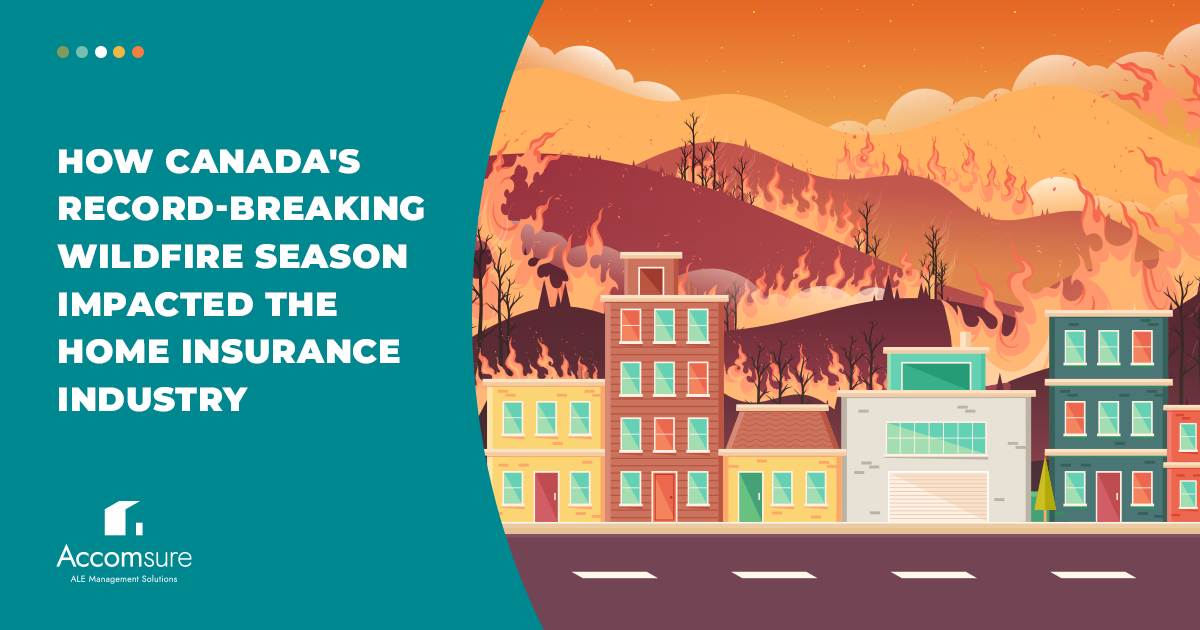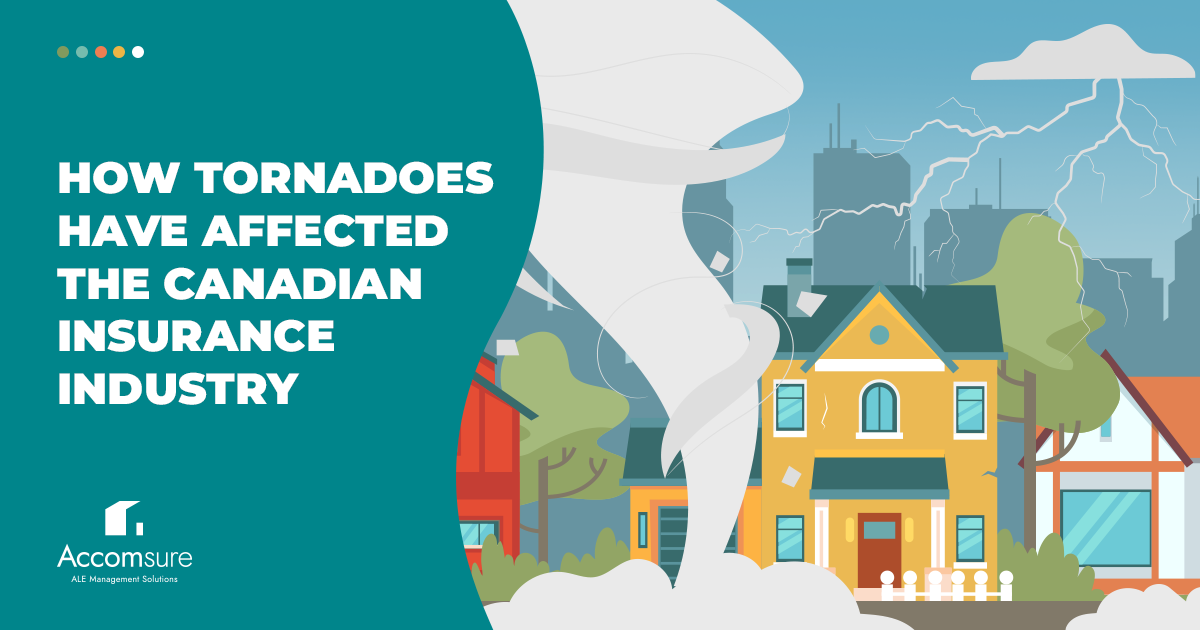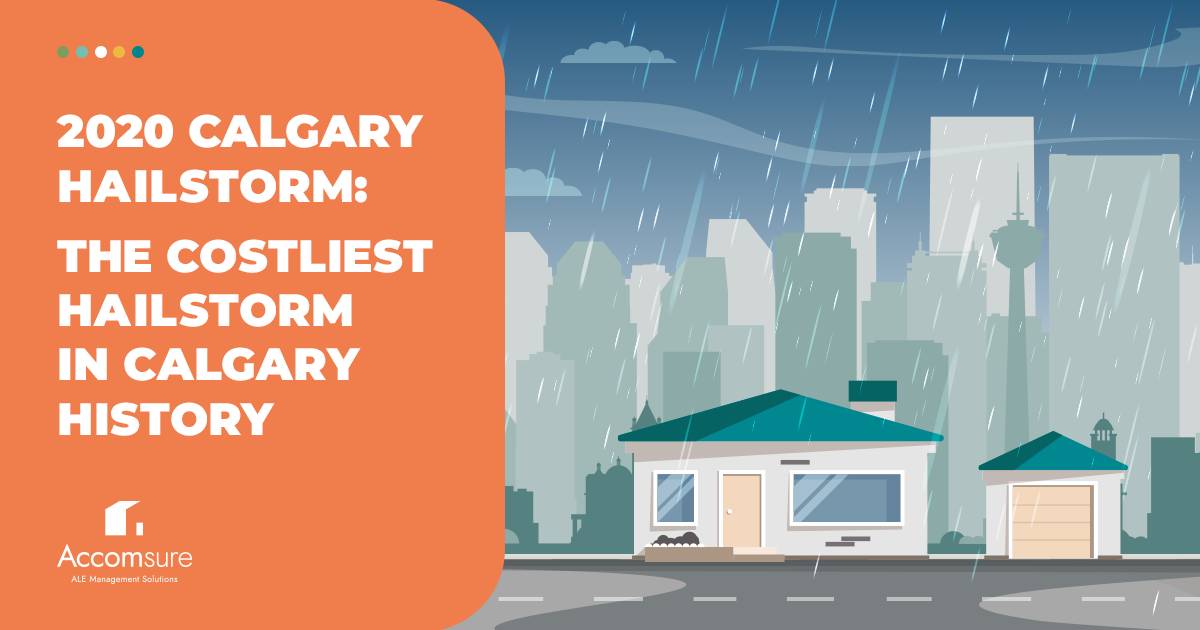The 2023 wildfire season in Canada was unlike any other. It caused an estimated $945 million in insured losses and forced over 232,209 policyholders out of their homes.
The number of fires, area of land burned, and financial impacts incurred were record-breaking.
For adjusters, there are important lessons that can be learned from this devastating wildfire season so you are prepared to support displaced policyholders and manage large-scale displacement claims in the future.
This blog post provides a comprehensive recap of the 2023 wildfire season, highlighting the most severe wildfires that occurred, statistics that prove the season’s impact, and how the events directly impacted the home insurance industry.
The Events That Lit Up the 2023 Wildfire Season
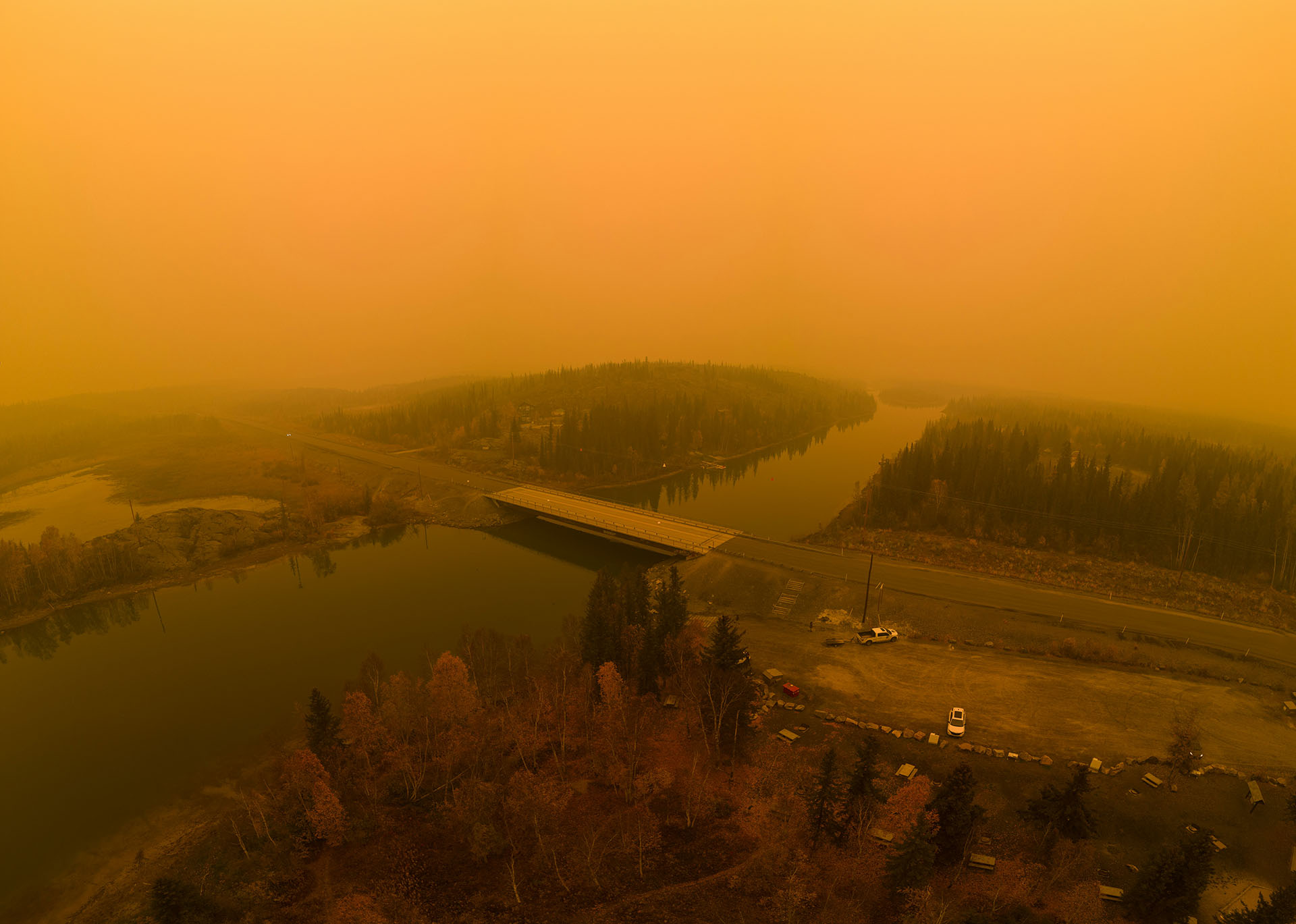
The 2023 wildfire season began in early spring and continued into late summer, bringing unique challenges and considerable impacts on the environment, local communities, and insurance companies.
Although the following summary doesn’t cover every wildfire that occurred in 2023, it highlights some of the most severe fires that greatly impacted Canadians throughout the year.
April 18th, 2023: Skwish Creek Fire, British Columbia
On April 18th, the Ts’kw’aylaxw First Nation issued an evacuation alert for Pavilion Reserve #1 due to a Southeast Skwish Creek wildfire that was growing rapidly due to very dry conditions.
This wildfire grew up to 20 hectares and was controlled before it caused any displacements or further damage.
May 6th, 2023: Alberta Declared a Provincial State of Emergency
On May 6th, Alberta declared a Provincial State of Emergency due to wildfires that were burning throughout Alberta simultaneously, including:
- Township Road 504 and Range Road 270 in Leduc County
- The area south of Township Road 690, between Highway 40 and the B.C. Border
- The area south of Township Road 570, west of RR 123, north of Twp Rd 560 and east of Shining Bank
- The entire Town of Fox Creek, Hamlet of Little Smoky and surrounding areas
- 2 km from the south edge of Drayton Valley
- Southwest of Brazeau Dam, west of the Brazeau River
- Range Road 70.
By May 16th, wildfires across the country had burned 1 million hectares of land.
May 28th, 2023: Tantallon, Nova Scotia Wildfire
On May 28th, 2023, Tantallon, Nova Scotia, reported a rapidly growing wildfire due to very dry conditions and strong winds. Within hours, the fire was out of control, forcing more than 16,000 people to evacuate their homes.
This wildfire ended up destroying over 200 homes and 25,000 hectares of land which forced hundreds of families to evacuate to a Community Assistance Mobile Pavilion (CAMP).
The fire was finally contained on June 4th, totalling over $165 million in insured damage.
June 1st: Quebec Wildfires
On June 1, 2023, Quebec experienced a wildfire outbreak, with more than 120 fires igniting in a single day, marking it the beginning of one of the most severe wildfire seasons in the province’s history.
In just a few days, the fires had grown significantly, prompting evacuation orders for around 5,000 residents near the city of Sept-Îles. By June 5, more than 150 wildfires were active across Quebec, burning approximately 160,000 hectares of land.
As the fires spread, an additional 9,000 people in surrounding communities were also evacuated.
June 21st: Donnie Creek, British Columbia Wildfire

On May 12th, lightning struck, causing a small wildfire that combined with six smaller fires. By June 21st, 534,388 hectares of land in and around Donnie Creek were lit up with flames, causing the largest wildfire recorded in British Columbia history.
The BC Wildfire Service declared the fire out of control, and 5,821 domestic and 4,990 international firefighters were deployed to help tame the flames and protect the surrounding infrastructure.
By July 10th, a new country-wide record was set for 10 million hectares burned.
August 13–September 16: Behchokǫ̀-Yellowknife and Hay River, Northwest Territories Wildfires
On August 13th, 2023, wildfires simultaneously ignited near Yellowknife and Hay River in the Northwest Territories, leading to one of the largest evacuation efforts ever recorded in Canada.
These fires burned until mid-September, resulting in over $60 million in insured losses.
Behchokǫ̀-Yellowknife Wildfire
The wildfire near Behchokǫ̀-Yellowknife started northwest of Yellowknife and quickly grew in size due to dry, hot, and windy conditions. As the fire advanced, around 20,000 individuals were forced to evacuate their homes for three weeks, making it one of the largest evacuation efforts in Canadian history.
The fire destroyed four homes in the Rae area before it was finally controlled on August 28.
Hay River Wildfire
Simultaneously, the Hay River wildfire caused significant damage and displacement.
On August 13, the 4,000 residents of Hay River, Enterprise, and the K’atl’odeeche First Nation Reserve were ordered to evacuate. Over three-quarters of the structures were destroyed, including homes, a cabin, and a travel trailer along the shores of Great Slave Lake.
August 18th, 2023: British Columbia Declares Provincial State of Emergency
On August 18, 2023, the British Columbia government declared a provincial state of emergency as wildfires forced thousands to evacuate from their homes in the Okanagan and other areas of the southern Interior.
Emergency Management Minister Bowinn Ma highlighted the severity of the crisis, noting that the number of people under evacuation orders in B.C. surged from 4,500 to 15,000 within an hour. An additional 20,000 people were eventually placed under evacuation alert.
At the time of the evacuations, there were 380 active fires in the province, 160 of which were out of control.
The Wildfire Season By The Numbers
- A total of 17,203,625 million hectares across Canada were lit up by wildfires. (CIFFC)
- A total of 7,131 wildfires were reported. (CIFFC)
- A total of 185,000 people were displaced by the wildfires. (CBC)
- Summer of 2023 was the hottest summer in 76 years. (CBC)
- The 2023 wildfire season saw an unprecedented amount of land burned, exceeding seven times the annual average and representing a 647% increase over the 10-year average. (Government of Canada)
- Among the provinces, British Columbia and Alberta had the most wildfire activity, with 2,245 and 1,022 fires respectively. (True North Gear)
- From 1980 to 2007, wildfires displaced 209,121 people, and from 2011 to 2018, the total number of evacuees rose to 250,000. However, in 2023 alone, the number of evacuees surged to over 232,209. (True North Gear)
How the Wildfires Impacted the Home Insurance Industry

The 2023 wildfire season had profound effects on the home insurance industry.
Financial Strain on Insurance Companies & Increased Premiums for Policyholders
The financial impact of the wildfires on insurance companies was substantial. With the cost of insured damages running into the hundreds of millions, insurers had to make significant payouts, which strained their financial resources.
This situation prompted some companies to reevaluate their risk models and consider raising premiums in high-risk areas to mitigate future losses.
Surge in Displacement and Temporary Housing Needs
The 185,000 policyholders displaced due to these wildfires created an urgent demand for temporary housing solutions.
Insurers were facing a surplus of ALE claims as policyholders were looking for temporary accommodations and leaning on their adjusters for support.
Companies like Accomsure were instrumental in addressing this need by quickly finding accommodations for displaced individuals. This support helped policyholders and alleviated some of the pressure on adjusters, who otherwise would struggle to manage these logistics themselves.
Increased Claims and Workloads for Adjusters
The surge in wildfire-related claims led to a dramatic increase in workloads for insurance adjusters.
With thousands of homes damaged or destroyed, adjusters faced the daunting task of processing a high volume of claims.
This increased workload required adjusters to work extended hours and expedite their assessment processes, often leading to heightened stress and burnout.
Alleviating the Impacts of Wildfires On the Insurance Industry Going Forward
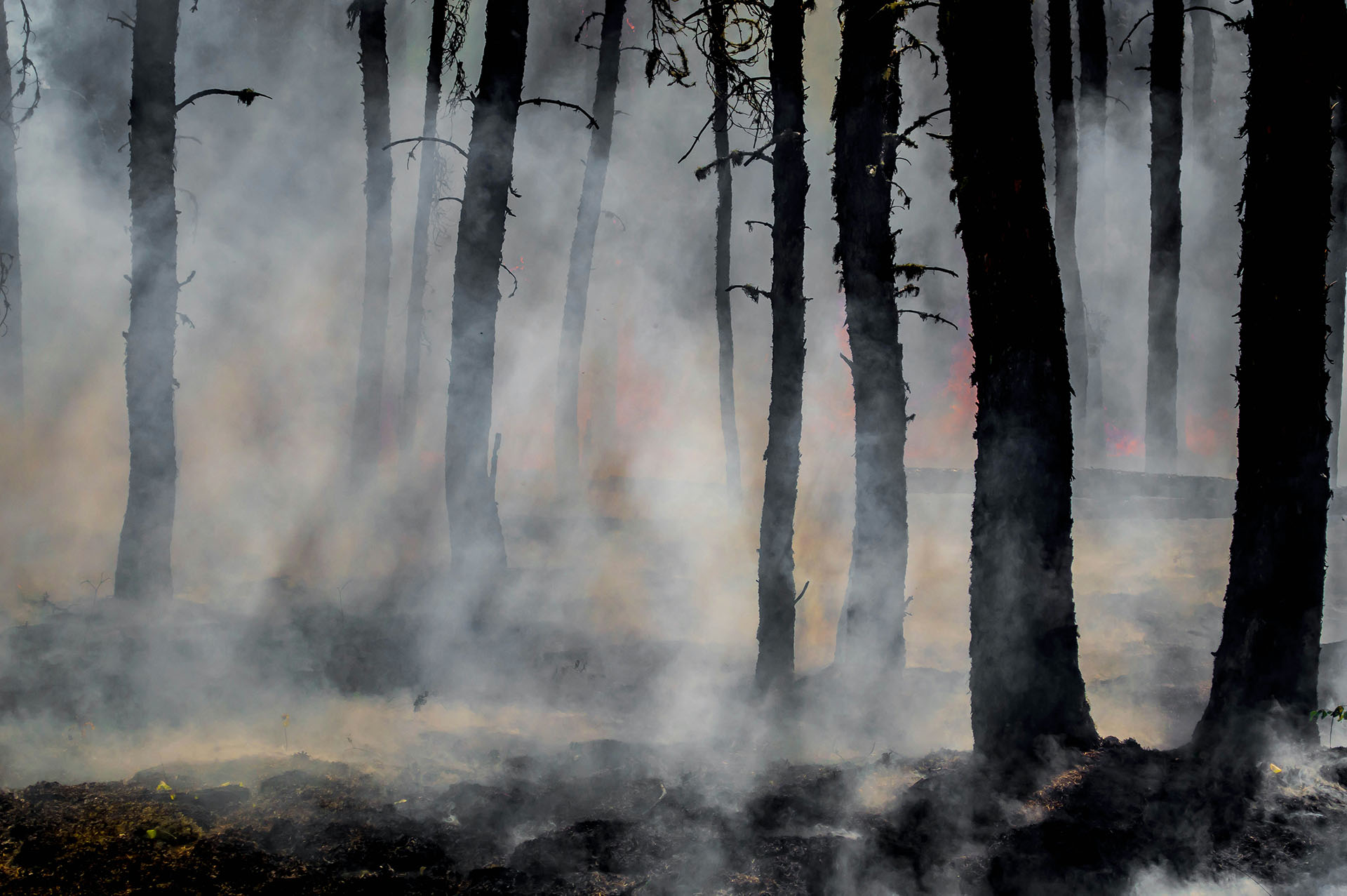
Despite efforts to mitigate the risks, severe wildfires and other climate-related disasters continue to impact the insurance industry significantly.
The 2024 wildfire season has already shown troubling signs, indicating that these challenges are far from over. Climate change is driving more frequent and intense weather events, making it imperative for the insurance industry to adapt and prepare for future incidents.
Wildfires result in substantial financial losses, create massive workloads for adjusters, and displace thousands of policyholders. These events highlight the critical need for effective disaster response strategies and support systems to help affected individuals quickly and effectively.
ALE management is a crucial strategy that insurance companies can use to curb claim costs, reduce adjuster workloads, and ensure the safety and well-being of displaced policyholders.
When wildfires or other natural disasters strike, and your policyholders are displaced from their homes, Accomsure stands ready as your first line of defence. We specialize in managing all ALE aspects of your claims, allowing adjusters to focus on progressing the claims.
Contact Accomsure or submit a claim today to ensure that your policyholders receive the support they deserve during challenging times.
